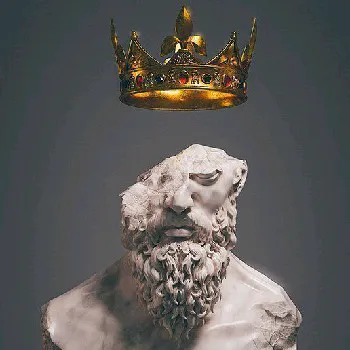The Voynich Manuscripts
The Voynich Manuscript is an enigmatic, medieval book filled with mysterious illustrations and an indecipherable script. Its origins remain unknown, with speculation ranging from 15th-century Europe to the Middle East. Discovered by rare book dealer Wilfrid Voynich in 1912, the manuscript's 240 vellum pages have baffled linguists, historians, and cryptographers for centuries. Its content, written in an unknown script, accompanied by peculiar botanical, astrological, and anatomical drawings, adds to the intrigue. Despite numerous attempts, the manuscript's code has resisted all decryption efforts, leaving the Voynich Manuscript as an enduring enigma, captivating scholars and enthusiasts alike.The Voynich Manuscript's perplexing nature extends beyond its content, encompassing aspects of its physicality and potential purposes. The vellum's radiocarbon dating places its creation between 1404 and 1438, heightening the mystery surrounding its authorship. The lack of any reference to the manuscript in historical records deepens the puzzle, leaving historians puzzled about its purpose and origin.
The text appears organized into sections, with thematic groupings of illustrations corresponding to the accompanying text. Intriguingly, some of the illustrations depict unidentified plants, celestial bodies, and intricate bathing scenes, adding an extra layer of complexity. The absence of any identifiable linguistic or contextual clues further complicates attempts to unveil the manuscript's secrets.
Numerous theories have emerged regarding the Voynich Manuscript's authorship and purpose. Some suggest it was a herbal or alchemical manual, while others propose it as a sophisticated hoax. The possibility of it being a coded work of knowledge, a lost language, or even an extraterrestrial communication device has been entertained. However, without concrete evidence, these hypotheses remain speculative, contributing to the enduring allure of the Voynich Manuscript as one of history's greatest unsolved mysteries.
© All Rights Reserved
The text appears organized into sections, with thematic groupings of illustrations corresponding to the accompanying text. Intriguingly, some of the illustrations depict unidentified plants, celestial bodies, and intricate bathing scenes, adding an extra layer of complexity. The absence of any identifiable linguistic or contextual clues further complicates attempts to unveil the manuscript's secrets.
Numerous theories have emerged regarding the Voynich Manuscript's authorship and purpose. Some suggest it was a herbal or alchemical manual, while others propose it as a sophisticated hoax. The possibility of it being a coded work of knowledge, a lost language, or even an extraterrestrial communication device has been entertained. However, without concrete evidence, these hypotheses remain speculative, contributing to the enduring allure of the Voynich Manuscript as one of history's greatest unsolved mysteries.
© All Rights Reserved




